Wittman Statement on the Navy’s 30-Year Shipbuilding Plan
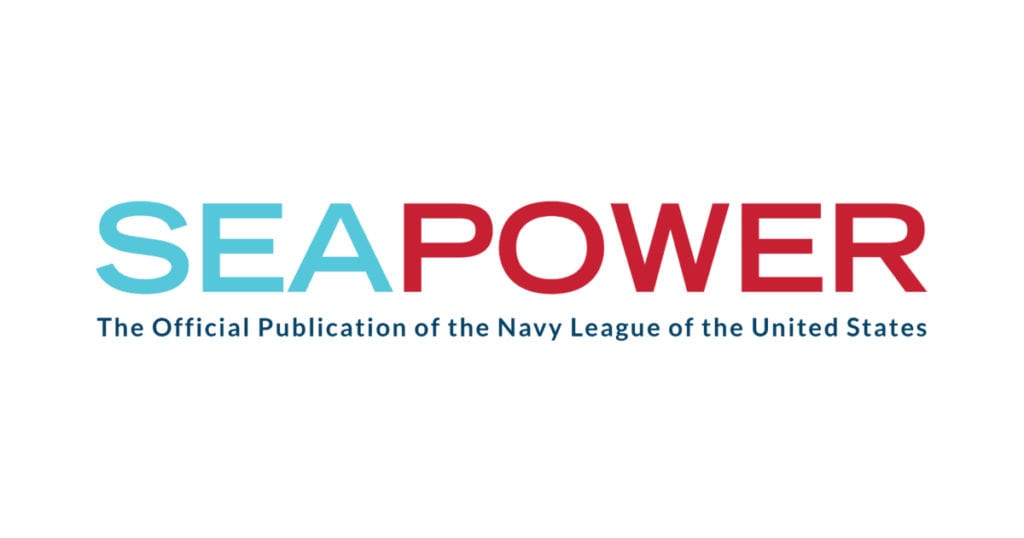
*****
WASHINGTON, D.C. – Today, Congressman Rob Wittman (VA-01), Vice Chairman of the House Armed Services Committee, released the following statement in response to the Navy’s recently released 30-year shipbuilding plan:
“With this 30-year shipbuilding plan, the Navy demonstrates that it has lost its way. It trades decisive and bold decision-making for endless studies, vast short-term risk, and fails to reckon with the threats we face. The future of our nation’s fleet is not a multiple-choice test in which the Navy can choose ‘all of the above.’ At no point do any of the three plans deliver a path to generating 31 traditional L-class amphibs, as required by law. Our destroyers and frigates are short-changed. Two of the proposed plans would shrink the amphibious fleet in total to just 26 ships by FY35. Within the Davidson window—the period between now and 2027 where we anticipate the greatest risk of Beijing moving to forcibly reunify with Taiwan – each of the plans results in our attack submarine fleet contracting to 48 subs by FY26 and only one of the provided alternatives reaches the requirement of 66 submarines FY49. Additionally, our undersea vertical launch system capacity, surface VLS capacity, and torpedo capacity are all set to decline between now and 2030. This is unacceptable.”
Congressman Rob Wittman represents the 1st District of Virginia. He serves on the House Natural Resources Committee and the House Armed Services Committee, where he serves as the Vice Chairman of the full committee and as the Chairman of the Tactical Air and Land Forces Subcommittee.
Senator Grills SECNAV on Amphib Ship Plans
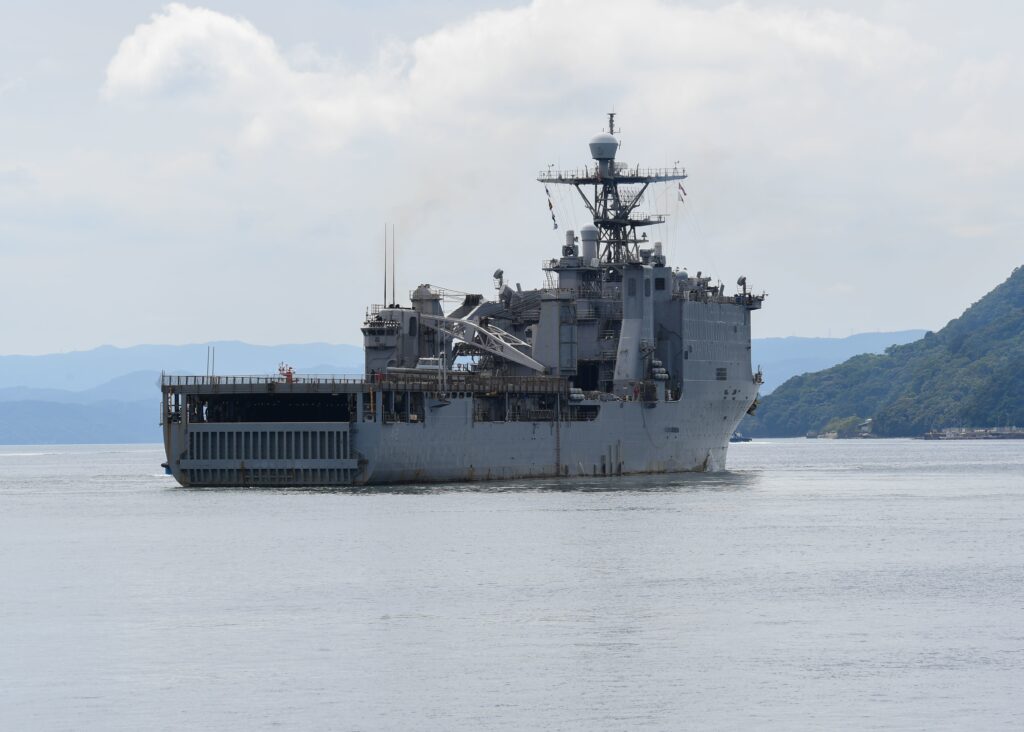
*****
ARLINGTON, Va. — A senator used a congressional hearing to point out that the Navy would be violating the law by letting the number of amphibious warships drop below a Congressionally mandated level of 31 in fiscal year 2024.
The President’s 2024 budget calls for the decommissioning of three Whidbey Island-class old dock landing ships and not procuring any Flight II San Antonio-class amphibious transport dock ships (LPDs) over the next five years to replace them. The National Defense Authorization Act (NDAA) of 2023 requires the Nay to maintain a fleet of 31 large and medium-size amphibious warfare ships.
In an otherwise convivial April 18 hearing of the Senate Armed Services Committee, Sen. Dan Sullivan (R-Alaska), a reserve Marine Corps colonel, confronted Navy Secretary Carlos Del Toro about the Navy’s shipbuilding plans.
“The 30-year [shipbuilding] plan shows that the Navy has no intention of meeting this statutory requirement, ” Sullivan said, noting that he worked with Marine Corps Commandant General David H. Berger to legislate the requirement into the law, the National Defense Authorization Act (NDAA) of 2023, a requirement which Berger affirmed during the hearing.
During the hearing, Sullivan read an excerpt from the law: “The naval combat forces of the Navy shall include not less than 11 operational aircraft carriers and not less than 31 operational amphibious warfare ships of which not less than 10 shall be amphibious assault ships.”
The senator said he sympathized with Berger’s awkward position.
“I want to compliment the commandant,” Sullivan said. “It’s not easy to be sitting next to your boss saying, ‘We need this.’ Your boss obviously doesn’t agree, General.”
Taking note of all of the planned studies and analysis on the subject, Sullivan declared all of it irrelevant in that the requirement has been set in law.
“The Congress of the United States did the balancing, Mr. Secretary, working with the Marine Corps,” Sullivan said. […] You are violating the law. Would you come before this committee and say, ‘Sorry, we’re not going to do 11 carriers’? […] You can’t do it sir. I simply find it unacceptable that that we’re all just letting you say, ‘Eh, maybe that was a suggestion by the Congress.’ It wasn’t a suggestion; it was a mandate.”
Sullivan pursued the issue further.
“Why are you violating the law?” he asked. “And why does your shipbuilding plan have no remote interest for the next 3 years, as far as I can tell, of hitting the statutory mandate that we told you to hit. I have no idea what your answer is going to be, but you need to follow the law, sir. What’s the answer?”
“Senator, as a member of the executive, it is my responsibility to follow the law,” Del Toro said. “It’s also my responsibility to ensure that we just don’t waste taxpayer money on vessels, for example, that will never see the light of day.”
“This Congress has given you multi-ship procurement authorities in the past three NDAAs,” Sullivan said. “This is the third year in a row that amphibs are not being procured with this cost-saving authority. So, it’s a little rich when you talk to me about taxpayer savings when you’re not using the ability to save money that we gave you on amphibs. … I’m requesting that you come back to this committee soon and tell us how you’re going to follow the law. That’s your only option, Mr. Secretary.”
“Senator, you have my commitment that I will come back to you with a statement on how we can fix this,” Del Toro said. “Yes, sir, it is my intent to follow the law. […] As we develop the president’s budget for ’25, I will look at that as an option that we can pursue to get us back on track with multi-ship procurement for LPDs.”
“It’s not an option for you, Mr. Secretary,” Sullivan replied. “The committee, the Congress, the President have spoken. […] This is a big issue, and right now the secretary of the Navy is ignoring the Congress of the United States. This is unacceptable.”
Dover AFB supports US Navy MQ-4C Triton mission in Guam
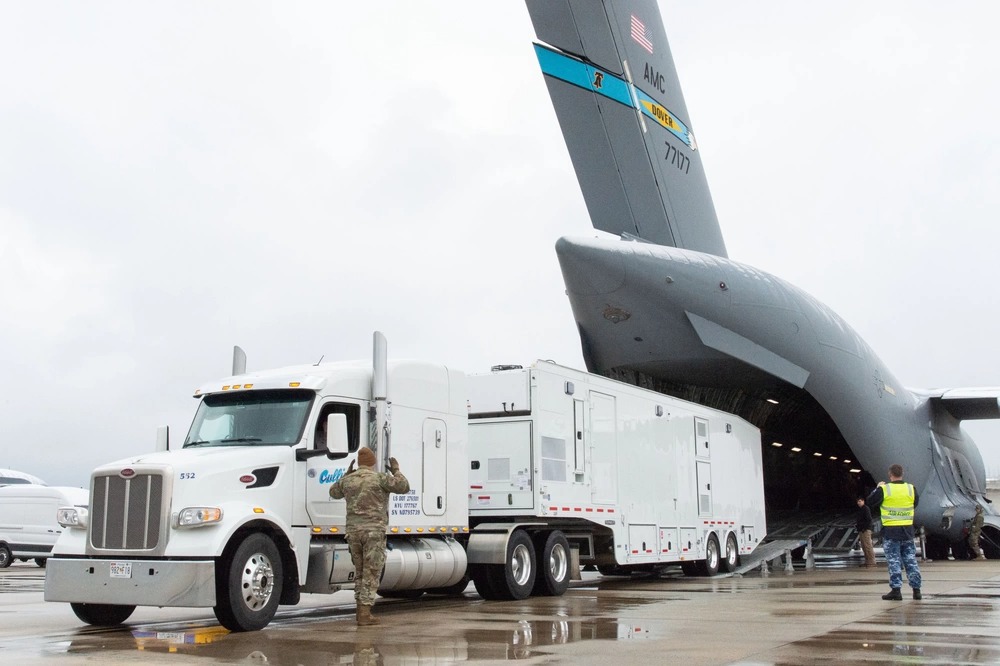
Release from 436th Wing Public Affairs
*****
DOVER AIR FORCE BASE, DE, UNITED STATES
04.13.2023
Story by Roland Balik
Release from 436th Wing Public Affairs
DOVER AIR FORCE BASE, Del. – Teamwork between the U.S. Air Force, U.S. Navy and Royal Australian Air Force facilitated the shipment of Forward Operating Base equipment and a Mobile Remote Quick Look trailer to Andersen Air Force Base, Guam, in support of MQ-4C Triton Orbit 1 operations, Feb. 1, 2023.
The MQ-4C is an unmanned aerial vehicle operated by the U.S. Navy for maritime patrol supporting intelligence, surveillance and reconnaissance operations. Additionally, the RQL trailer is a self-contained secure facility that will store ISR data and make it available to the intelligence community.
A Mobile RQL trailer and palletized FOB equipment arrived at Dover AFB, Delaware, Jan. 30, to be inspected and weighed during a joint inspection conducted by 436th Aerial Port Squadron special handling personnel and members assigned to the Persistent Maritime Unmanned Aircraft Systems Program Office (PMA-262) Triton, Naval Air Station Patuxent River, Maryland.
“This lift is in direct support to the standup of U.S. Navy Triton capability in Guam in support of the 7th Fleet,” said RAAF Squadron Leader Stephen Grimmer, PMA-262 ground segment execution lead. “Triton is a cooperative program between the U.S. Navy and RAAF. This is a significant milestone for the Triton program as we stand up the capability.”
The trailer and pallets were loaded on a C-17 Globemaster III assigned to the 436th Airlift Wing and flown by an aircrew from the 3rd Airlift Squadron.
“The coordination between representatives from Dayton T. Brown Inc., Northrop Grumman Corporation, Naval Air Systems Command, RAAF and the 436th APS regarding airlift requirements started about a month prior to execution,” said Tech. Sgt. Daniel Romeyn, 436th APS capability forecaster. “Coordination efforts from the Aerial Port included scheduling truck delivery appointments for cargo, cargo build-up requirements, a joint inspection, base access and customer service with the shipper.”
Upon becoming fully operational in the Pacific theater of operations, the RQL trailer will be operated by the U.S. Navy’s Unmanned Patrol Squadron 19, aided by field service representatives which support the 7th Fleet.
Later this year, Grimmer and his team will oversee the standup and installation of Triton ground segments at RAAF Edinburgh, Adelaide, South Australia.
“We have worked closely together with our partners from the RAAF over the last several years to deliver the MQ-4C Triton aircraft to Australia,” said U.S. Navy Capt. Josh Guerre, PMA-262 program manager. The MQ-4C Triton will significantly improve Australian and U.S. capabilities in the region, enhancing our joint ability to respond to regional challenges—including humanitarian assistance and disaster relief.”
Navy to Christen Future U.S. Navy Ship Cleveland
Release from the Department of Defense
*************
The Navy will christen and launch the newest Freedom-variant Littoral Combat Ship, the future USS Cleveland (LCS 31), during a 10:00 a.m. CDT ceremony on Saturday, April 15, in Marinette, Wisconsin. This event marks the last planned side-launch of a ship at the Fincantieri Marinette Marine, Marinette, Wisconsin Shipyard. Follow-on ships are planned to be launched using a shiplift system.
The principal speaker Mr. Andrew Haeuptle, director of Navy staff, will deliver the ceremonial principal address. Remarks will also be provided by Rear Adm. Thomas Anderson, program executive officer, ships; Mr. Austin Davis, senior policy advisor, City of Cleveland, Ohio; Mr. Steve Allen, vice president, small combatants and ship systems, Lockheed Martin Integrated Warfare Systems and Sensors; and Mr. Mark Vandroff, chief executive officer, Fincantieri Marinette Marine. Mrs. Robyn Modly, wife of former Acting Secretary of the Navy and Cleveland native, the Honorable Thomas B. Modly, will break a bottle of sparkling wine across the bow to symbolically christen the ship.
“This christening is a significant milestone for the future USS Cleveland, the ship’s sponsor Mrs. Robyn Modly, and the prospective crew,” said Secretary of the Navy Carlos Del Toro. “LCS 31 will be another step closer to joining our fleet, sailing the open seas, continuing to defend our nation, and representing the strong connection our Navy has with the city of Cleveland.”
Cleveland is the 16th and final Freedom-variant LCS and the fourth ship to be named in honor of the city of Cleveland, Ohio. Previous USS Cleveland’s were the World War I cruiser (C 19), the World War II light cruiser (CL 55), and the Vietnam-era amphibious transport dock (LPD 7), decommissioned in 2011.
The Littoral Combat Ship (LCS) class are fast, optimally-manned, mission-tailored surface combatants that operate in near-shore and open-ocean environments, winning against 21st-century coastal threats. LCSs integrate with joint, combined, manned, and unmanned teams to support forward presence, maritime security, sea control, and deterrence missions around the globe.
The LCS class consists of two variants, Freedom and Independence, designed and built by two separate industry teams. The Freedom variant team is led by Lockheed Martin (for the odd-numbered hulls, e.g. LCS 1). It is a steel monohull design constructed by Lockheed Martin in the Fincantieri Marinette Marine Corporation’s shipyard in Marinette, Wisconsin.
Media may direct queries to the Navy Office of Information at (703) 697-5342. More information on the Littoral Combat Ship Program can be found at: https://www.navy.mil/Resources/Fact-Files/Display-FactFiles/Article/2171607/littoral-combat-ship-class-lcs/.
CNO Gilday and Connecticut Congressman Visit General Dynamics Electric Boat
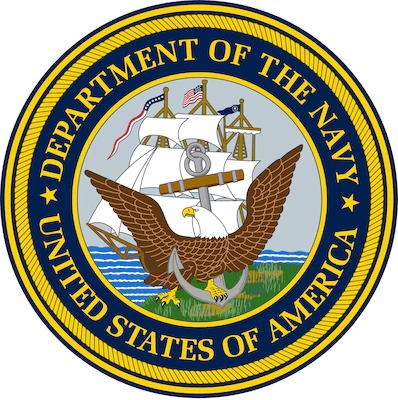
April 13, 2022
From Chief of Naval Operations Public Affairs
GROTON, Conn. – Chief of Naval Operations (CNO) Adm. Mike Gilday traveled to Groton, Connecticut, April 13, and visited General Dynamics Electric Boat with Rep. Joe Courtney (D-Conn.).
During the visit, they met with Electric Boat leadership, received program briefs, and toured shipyard facilities.
“We’re working side by side with Congress and industry to build the most ready and lethal fleet we can,” said Gilday. “Today’s visit is an important opportunity to see the progress and improvements being made by our industry partners in New England.”
Upon arrival, Gilday and Courtney were met by Mr. Kevin Graney, president of General Dynamics Electric Boat. Throughout the afternoon, the leaders discussed shipbuilding, talent management and workforce development, capacity, and capabilities.
General Dynamics Electric Boat designs, builds, repairs, and modernizes nuclear submarines for the Navy—to include work on the Navy’s new Columbia-class. These new ballistic missile submarines will replace the Ohio-class variant as the Navy’s contribution to the nuclear triad, which remains the most survivable leg of the U.S. strategic nuclear deterrent force.
“Whenever we talk about ‘the Arsenal of Democracy,’ our defense industrial base needs to be the centerpiece of that discussion,” said Gilday. “The work being done here in Connecticut is vitally important to our Navy, and I’m incredibly appreciative of the team’s collaborative efforts.”
Gilday last visited Groton in February 2022.
SECNAV Unveils Concepts for Planned Navy Museum
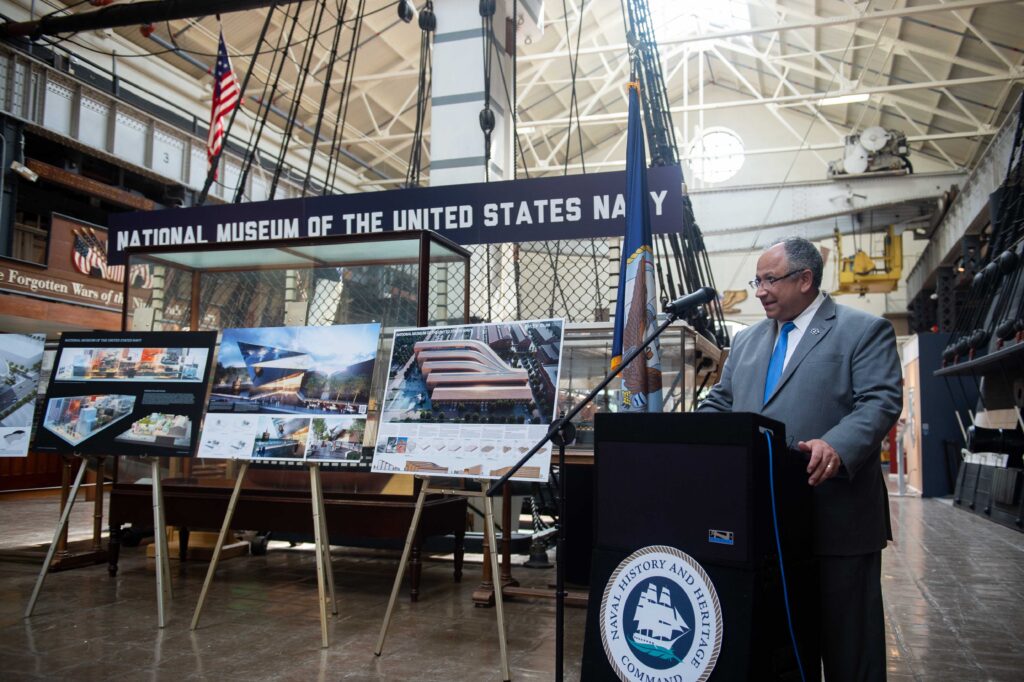
Release from Navy History and Heritage Command
****************
14 April 2023
From NHHC Public Affairs
WASHINGTON NAVY YARD - Secretary of the Navy Carlos Del Toro unveiled conceptual renderings from five architecture firms at the National Museum of the U.S. Navy, finalizing the Navy’s Artistic Ideas competition, an effort to explore the possibilities for the planned Navy museum.
Following the SECNAV’s October announcement of the preferred location for the Navy’s planned museum, Naval History and Heritage Command moved forward with its conceptual development phase and initiated the ideas competition in an effort to explore the full realm of artistic ideas that might be incorporated into a new museum.
The competition sought concepts and ideas for the planned project from a broad range of individuals and architecture firms. Following the initial announcement in December, 80 firms expressed interest in participating; 37 firms then submitted qualifications, and finally, the Navy selected five architecture firms as finalists: Bjarke Ingels Group, DLR Group, Frank Gehry Partners, Perkins & Will and Quinn Evans.
Since January, the firms developed their unique submissions of conceptual ideas to include a museum entrance, an atrium, a ceremonial courtyard, and the incorporation of some of the Navy’s larger artifacts, like a Corsair aircraft, a Swift Boat, and the sail of a submarine.
“We are pleased to display five visions for the future of the National Museum of the U.S. Navy,” said Secretary of the Navy Carlos Del Toro, “while each concept is different, all of them show how we might celebrate our Navy’s accomplishments, honor our veterans and point the way toward the Navy’s future.”
The Navy envisions a future museum that would offer greater public access that could include a new building and the potential renovation of existing historical buildings. The planned museum campus would consist of approximately 270,000 square feet and include about 100,000 square feet of net gallery space.
“The concepts unveiled today are a crucial step in exploring what is possible for the new National Museum of the U.S. Navy,” said NHHC Director Samuel J. Cox, U.S. Navy rear admiral (retired). “We’ll tell the story of the Navy’s history as it continues to unfold, and the ideas developed by our finalists herald a new way of honoring that history by inviting visitors to participate.”
“These concepts mark an important step in the museum building process,” according to Charles Swift, Acting Director of the Museum of the United States Navy, who oversaw the competition.
“These ideas and concepts show what might be possible for a new museum,” said Swift. “We have a number of steps we need to complete before determining a final design, and that first step is having a conversation with America: our Navy, our veterans and our nation, about what we’ve presented today.”
The firms’ concepts are available here: https://www.history.navy.mil/content/history/nhhc/news-and-events/multimedia-gallery/news-photos/nmusn-concepts/nmusn-concepts.html.
The final canvases from the competition will remain on display for public viewing at the Navy’s National Museum on the Washington Navy Yard. Access hours are limited because of museum’s consolidation. Visit http://www.history.navy.mil/content/history/museums/nmusn.html for hours and access guidance. NHHC plans additional public showcases this summer.
Anyone wishing to share ideas or to comment on these Navy museum concepts can find us on Facebook: https://www.facebook.com/NMUSN
or email: [email protected]
NHHC, located at the Washington Navy Yard, is responsible for preserving, analyzing, and disseminating U.S. naval history and heritage. It provides the knowledge foundation for the Navy by maintaining historically relevant resources and products that reflect the Navy’s unique and enduring contributions through our nation’s history and supports the fleet by assisting with and delivering professional research, analysis, and interpretive services. NHHC comprises many activities, including the Navy Department Library, the Navy Operational Archives, the Navy art and artifact collections, underwater archeology, Navy histories, 10 museums, USS Constitution repair facility, and the historic ship Nautilus.
Business, state consortium kicks off BAE Systems’ $200 million ship repair facility upgrade in Jacksonville
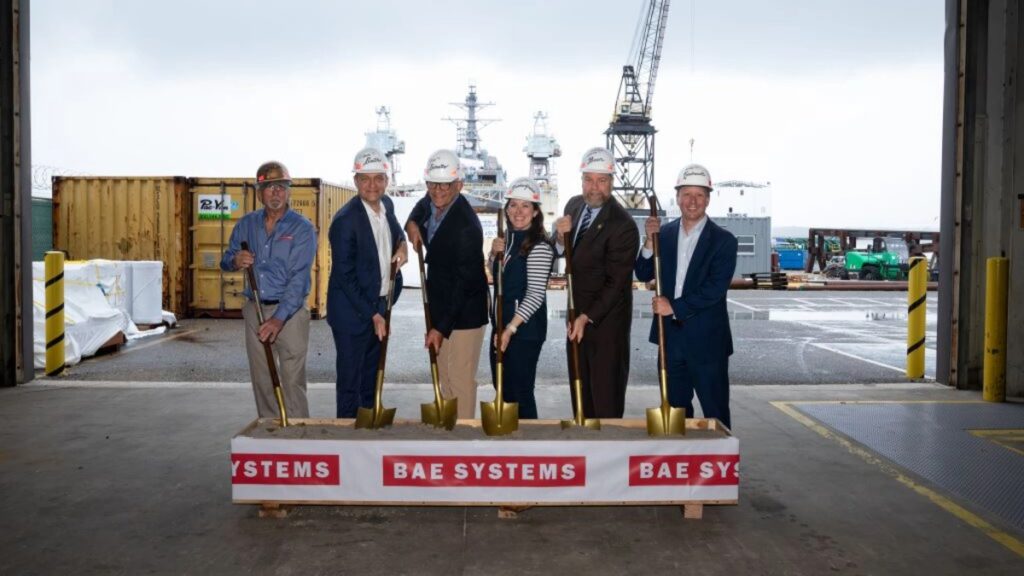
*****
Upgraded facility will support the repair of Mayport-based Navy ships and commercial vessels that call upon the Port of Jacksonville starting in 2025
JACKSONVILLE, Fla. — April 12, 2023 — BAE Systems officially began construction of a modern Pearlson Shiplift and land-level repair complex at the company’s Jacksonville, Florida shipyard with a groundbreaking ceremony yesterday. The company first revealed its plans to build the $200 million complex in December 2022.
“As the chair of Space Florida’s board of directors, I congratulate BAE Systems upon its groundbreaking ceremony,” said Lt. Governor Jeanette Nuñez. “This critical investment will facilitate improved capacity to service U.S military vessels and bring high wage jobs to Florida’s First Coast. I look forward to seeing the impact the Jacksonville Ship Repair expansion project will have on our maritime capabilities.”
Attending the groundbreaking ceremony were U.S. Representative Aaron Bean (R-Fla.), Pearlson’s President and Chief Operating Officer Kelly Pearlson Fraind, and BAE Systems Platforms & Services President Jeremy Tondreault.
“BAE Systems Ship Repair is an economic engine of Florida’s seacoast region, and since 1964, has brought great pride to our state by strengthening our role in national defense,” said Rep. Bean. “The modern ship lift and land level repair facility will improve production efficiency, overall reliability and expand ship capacity to counter China’s growing naval ambitions. In Congress, I will support Jacksonville’s maritime industrial base to solidify our legacy as the most formidable naval force in the world for future generations.”
The BAE Systems shipyard modernization project involves Pearlson Shiplift Corporation, Foth Engineering, and Kiewit Infrastructure South Co., in major construction roles. Foth along with Pearlson Shiplift are responsible for the overall facility design, construction management and engineering, and key equipment supply. Kiewit will serve as general contractor for the project. When complete in 2025, the new complex will expand the BAE Systems shipyard’s docking capacity by 300 percent. The construction and operation of the repair facility is expected to generate approximately 1,000 new jobs.
The complex will feature a new state-of-the-art shiplift system built by Pearlson Shiplift Corporation. The lift’s 492-foot by 110-foot articulated platform can easily accommodate a Flight III U.S. Navy guided missile destroyer or a commercial vessel displacing about 25,000 tons.
“Pearlson’s team worked with BAE Systems personnel on the ground in Jacksonville to deliver a comprehensive, detailed design that meets the shipyard’s needs and delivers unparalleled capability,” said Fraind. “The new Pearlson Shiplift System and land level facility for BAE Systems Jacksonville Ship Repair, when commissioned, will be the largest in both North and South America and the most modern shiplift facility in the world.”
Once out of the water, dry-docked ships will be moved from the shiplift platform to one of several repair berths inside the shipyard by a series of self-propelled modular transporters and a Pearlson designed cradle system. The land-level repair area in the shipyard will provide electrical, sewage, and water services to docked ships, as well as storm water containment. These services will permit repair work to occur onboard several ships simultaneously without encumbering the shiplift platform or other work in the shipyard.
In addition to supporting the Navy’s surface fleet at Naval Station Mayport, BAE Systems expects to expand its offerings within the commercial ship repair market. The port of Jacksonville is the 14th largest container port in the United States. Numerous workboats (e.g., tugs, barges, etc.) and commercial vessels operate in or pass through the port.
“The shiplift project is a significant investment by BAE Systems in the Jacksonville port, and we look forward to building this new complex to expand our shipyard’s capacity to meet commercial and government ship repair needs,” said Tondreault. “We also appreciate the support and contributions of the state and local leaders, and all of our partners, who helped to make this a reality.”
US Navy awards BOLLINGER SHIPYARDS contract to build sixth berthing barge
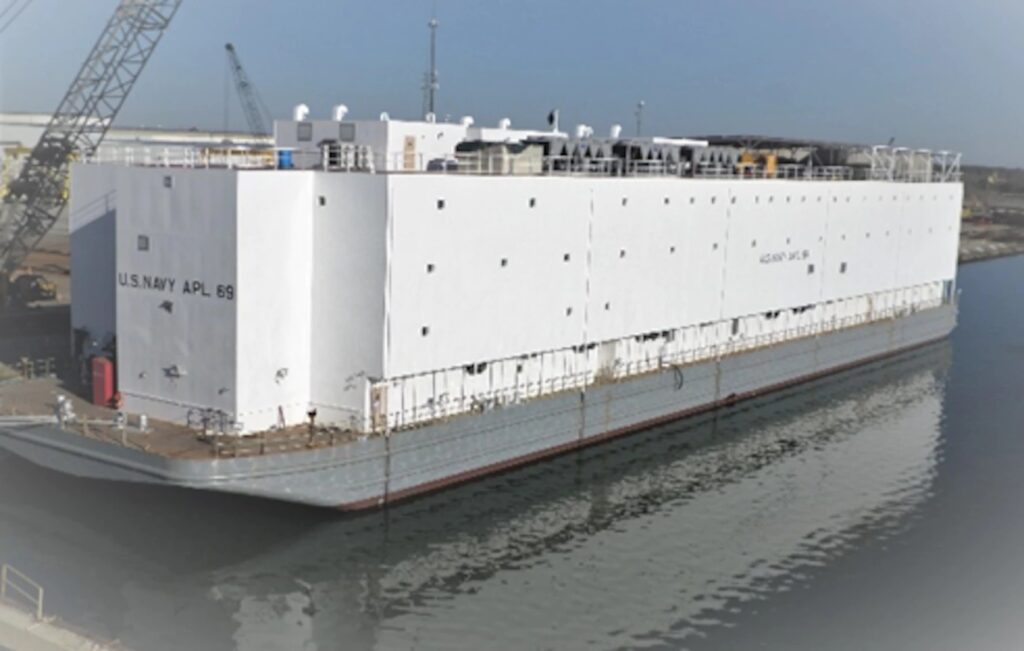
Release from Bollinger Shipyards
*****
LOCKPORT, La., — (April 11, 2023) – Bollinger Shipyards (“Bollinger”) today announced that the U.S. Navy has awarded the Lockport-based shipbuilder the detailed design and construction contract for the sixth Auxiliary Personnel Lighter–Small (APL(S)) 67 Class berthing and messing barge. Construction will take place at Bollinger Mississippi Shipbuilding in Pascagoula, Mississippi and is anticipated to begin in the second quarter of 2023.
“We are honored to be entrusted by the U.S. Navy to build the sixth APL berthing barge,” said Ben Bordelon, President and CEO of Bollinger Shipyards. “This contract is a testament to the hard work and dedication of our team at Bollinger, and our commitment to delivering high-quality, reliable vessels that meet the Navy’s rigorous standards. We look forward to continuing to grow our partnership with the Navy and delivering this critical asset to support our national defense.”
The previous five APLs were built by VT Halter Marine, which Bollinger acquired in late 2022. Halter received the initial contract in 2018. APLs are used by the Navy to house crewmembers when ships are in port for availabilities and Inter-Deployment Training Cycles. The barges are mobile and can be towed to new bases or shipyards to support changing fleet requirements and also offer potential use for humanitarian missions and other temporary assignments.
APLs are 269 feet long, 69 feet wide and have a draft of 7 feet. Each vessel is equipped with offices, classrooms, washrooms, laundry facilities, medical treatment areas, a barber shop and fitness center. With mess seating for 224 enlisted personnel and 28 officers, each meal is served via five 20-minute shifts to allow food service for 1,130 personnel (three meals per day). The vessels are fitted with mixed gender berthing spaces for 74 officers and 537 enlisted personnel, for a total of 611 people.
Rite-Solutions Receives Next-Generation Attack Submarine Navy Contract
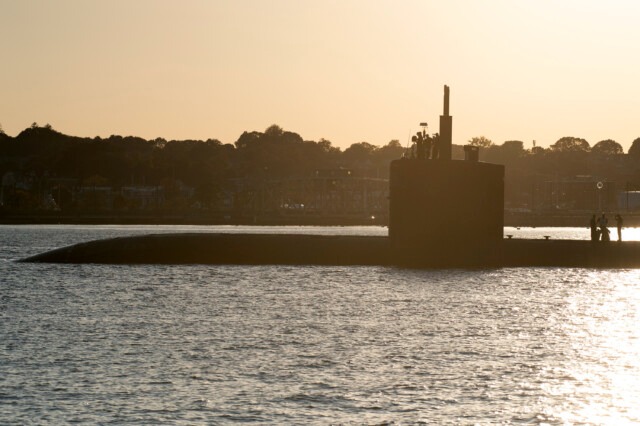
*****
Middletown, RI (April 10, 2023) — Rite-Solutions has been awarded a new contract by the Naval Undersea Warfare Center Division Newport (NUWCDIVNPT) with a potential value of $850,000 over the next two years.
The company will support the development, configuration, and delivery of a user-friendly interface software called the SSN(X) Sail Model Tool. The tool will enable sailors to evaluate current and future submarine sensors and antennas. The tool will allow proper assessment of the impacts of various submarine sail configurations with respect to overall submarine capability and vulnerability.
Laura Deady, Rite-Solutions Sr. Vice President says, “Rite-Solutions is grateful for the opportunity to support NUWC Code 34 in developing the SSN(X) Sail Model Tool. Rite’s greatest asset is the expertise of our workforce, which allows proficiency in our technical capabilities.”
The contract will be performed in Newport, RI and areas where the Navy has indicated a significant need.
“We are proud to be part of the next generation of attack submarines for the Navy,” adds Dennis McLaughlin, Rite-Solutions President, and CEO. “It’s an honor to be recognized as an innovative company and to be invited to work on cutting-edge technology that will help keep our Navy #1 in the world for decades to come.”